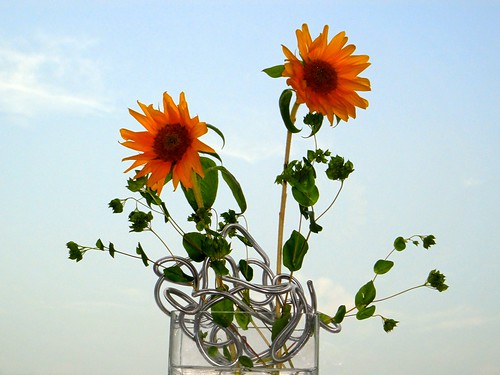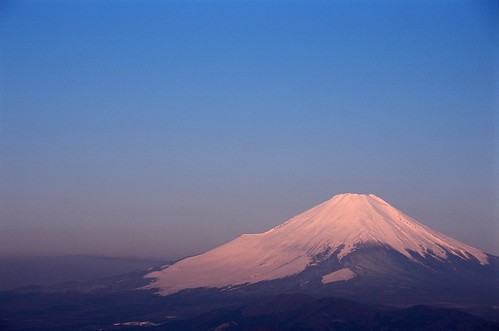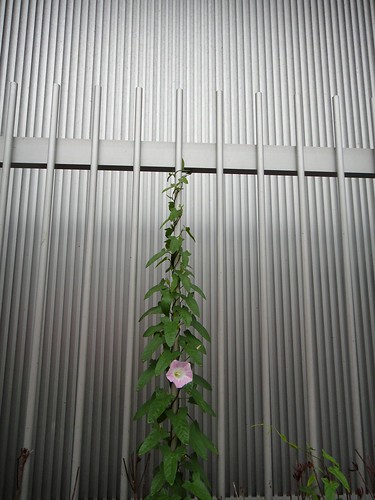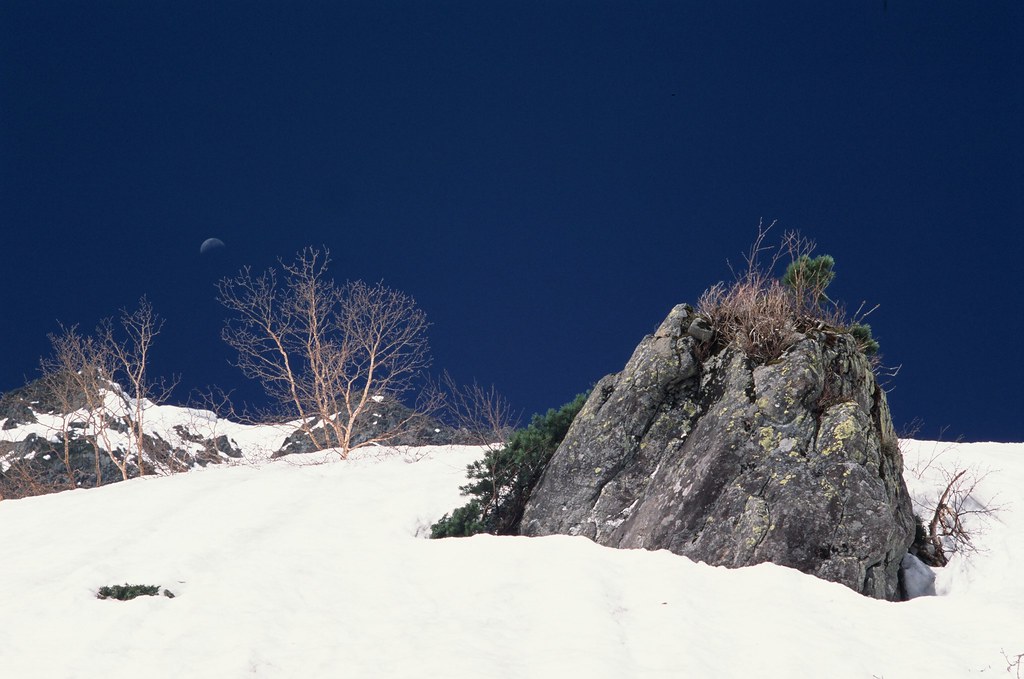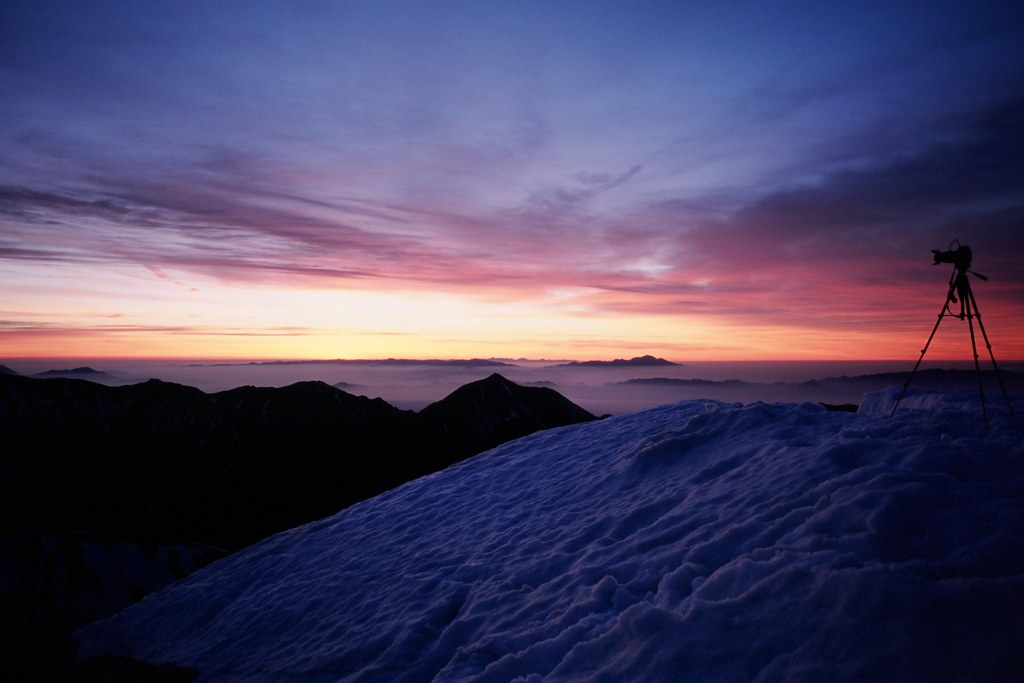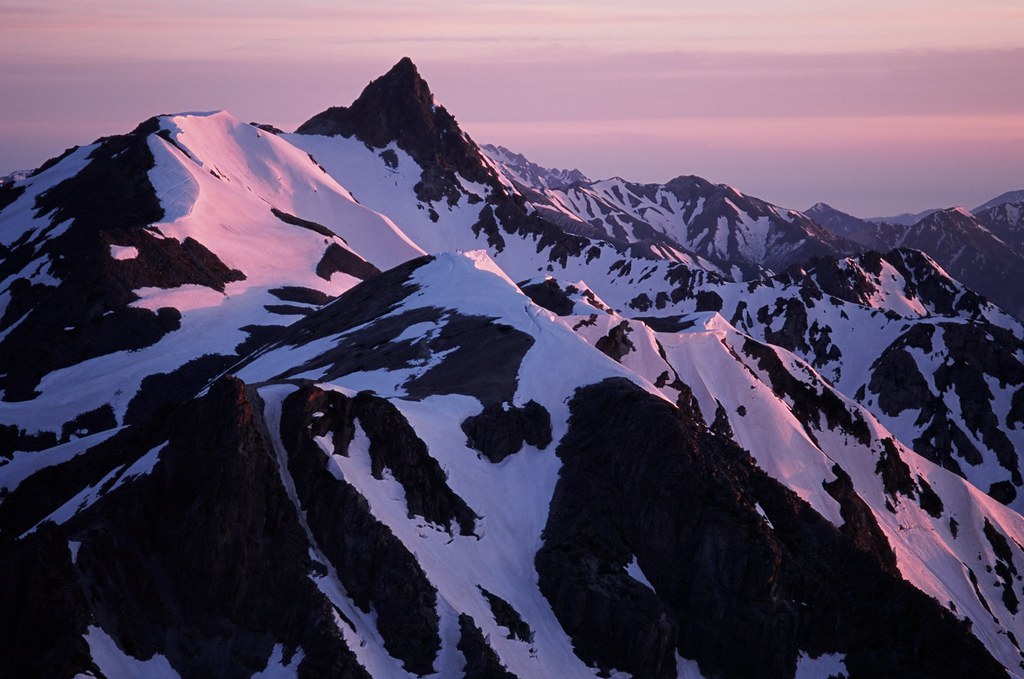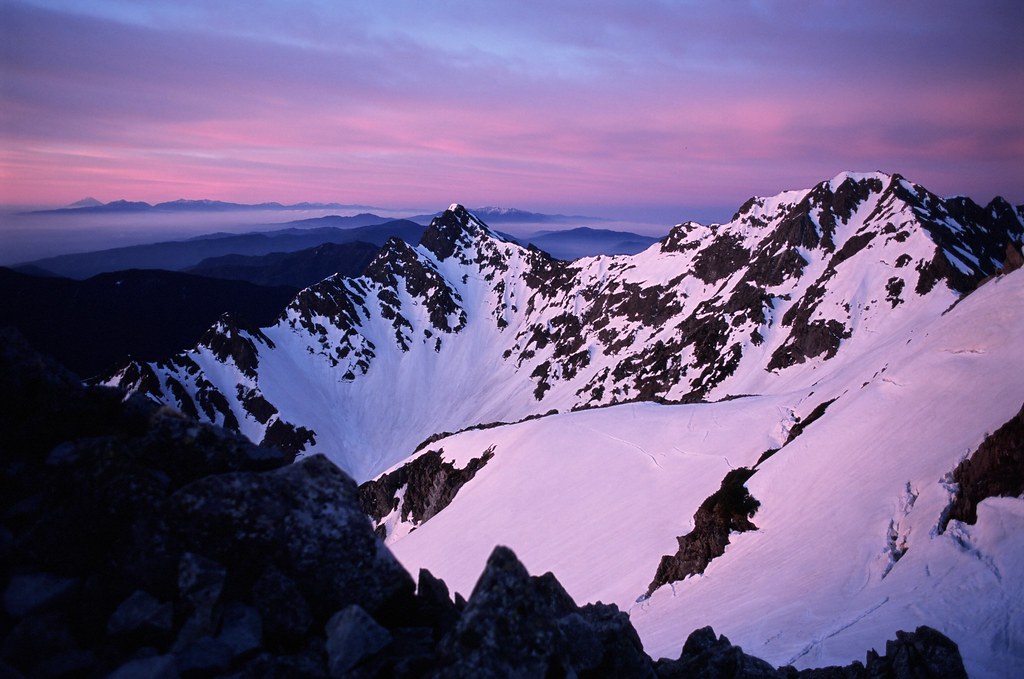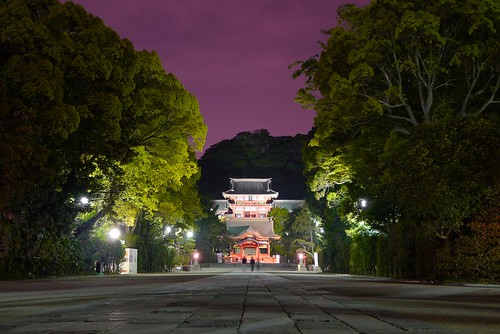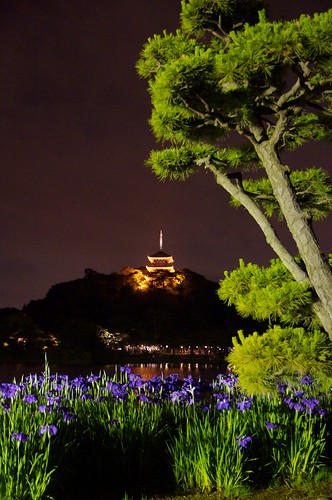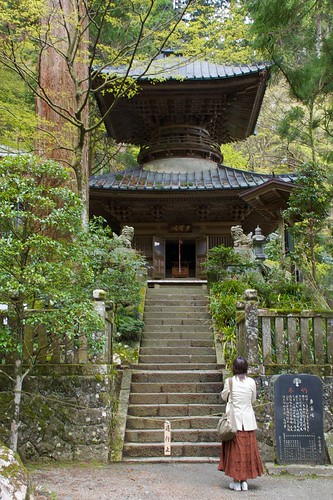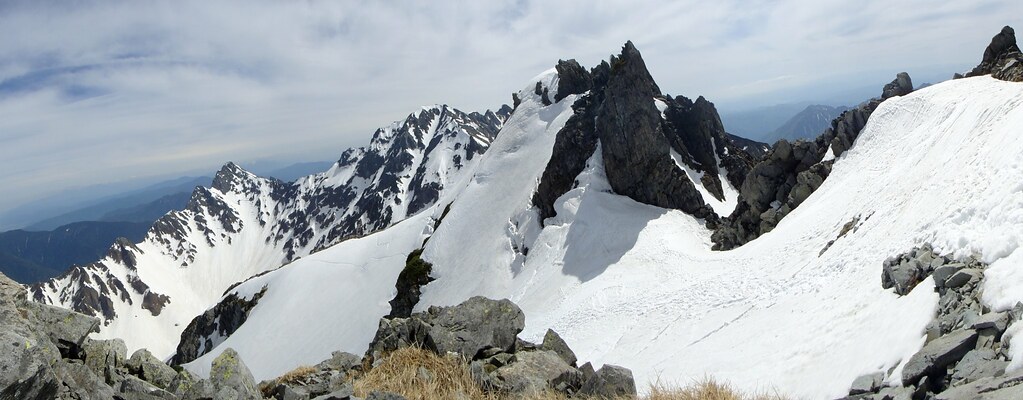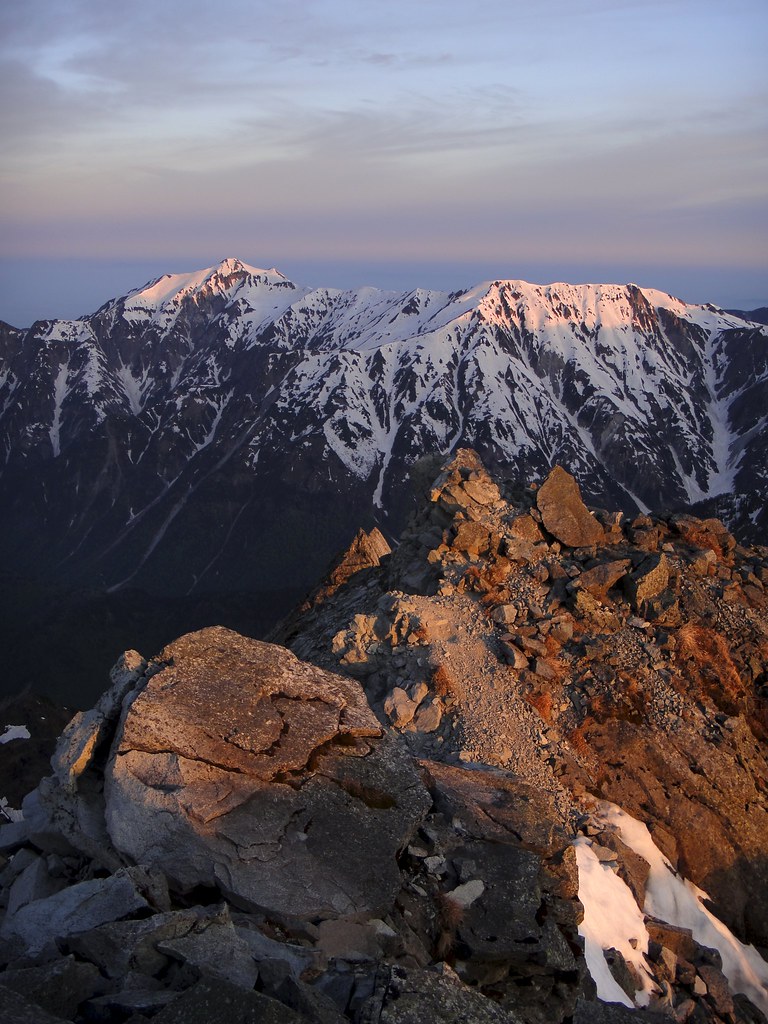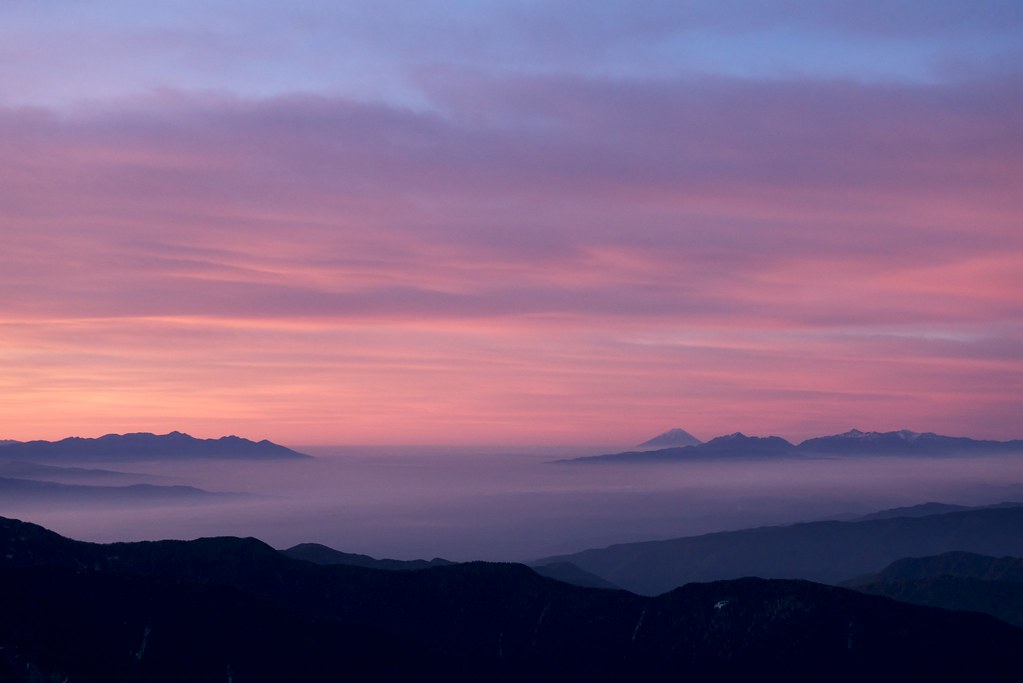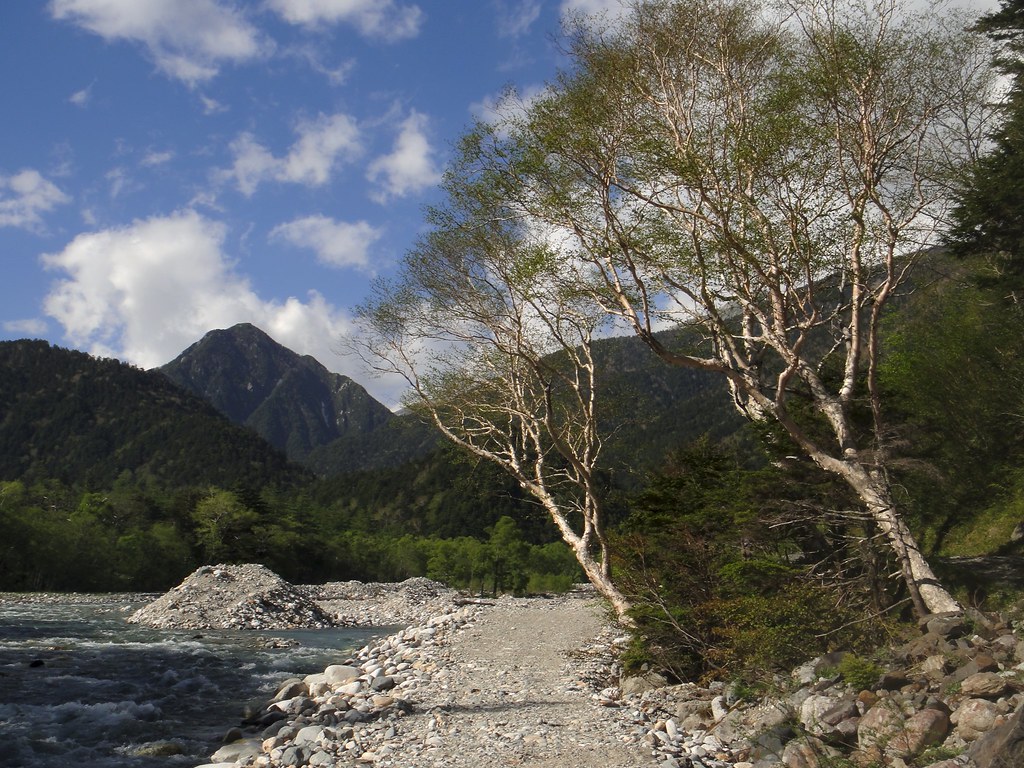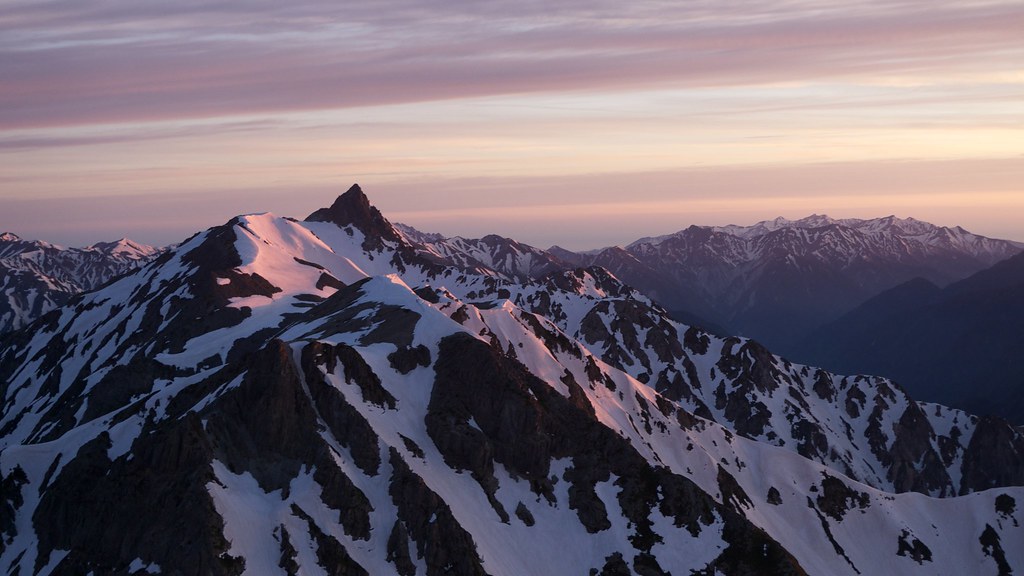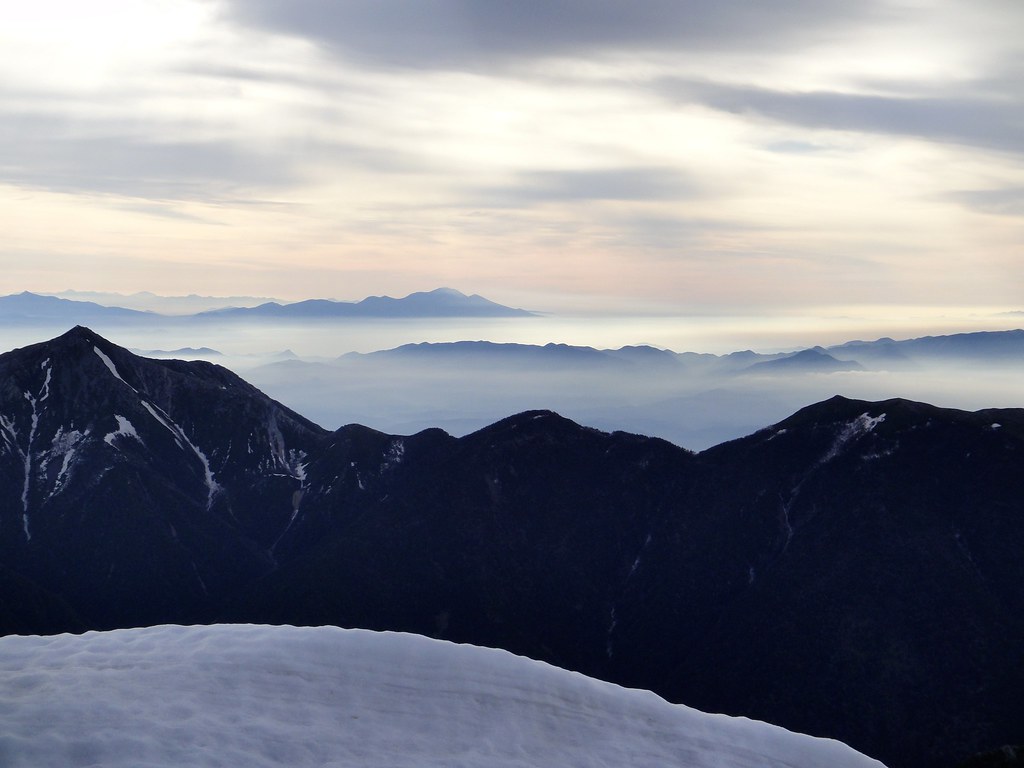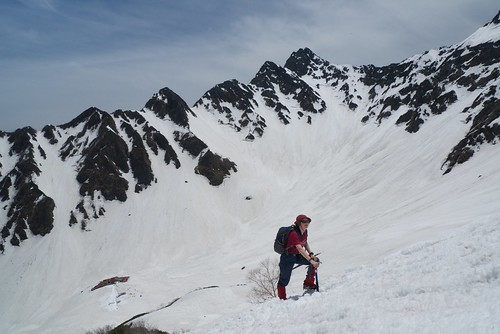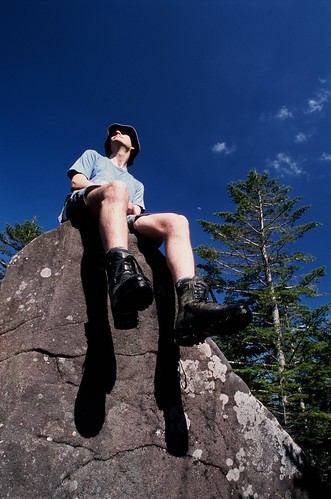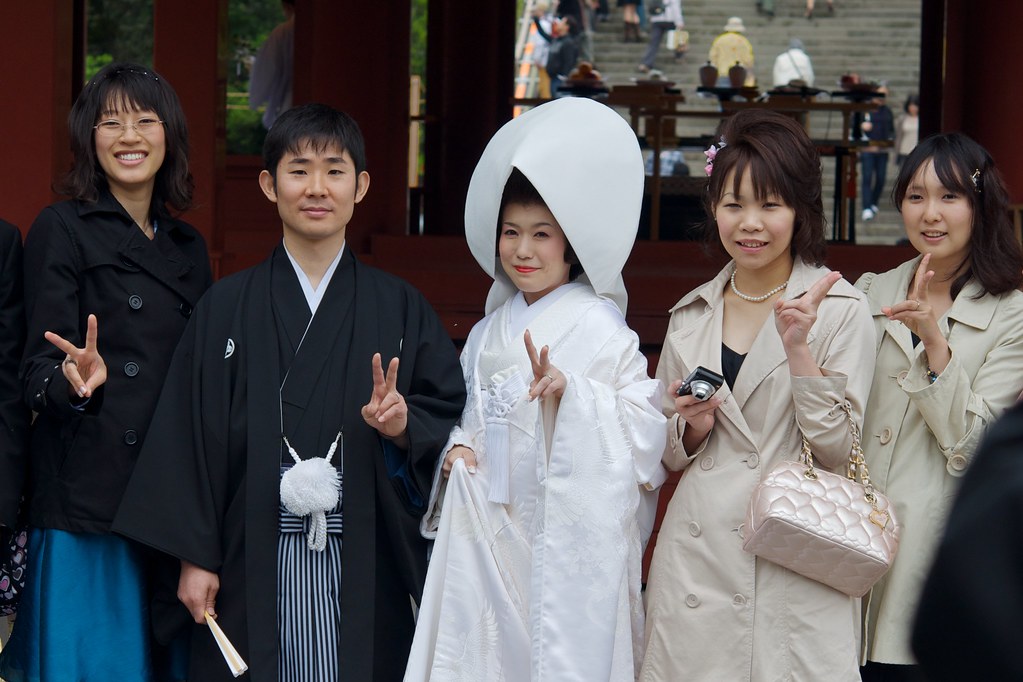Anyway, according to the Indescribablyoverhyped:
Almost all of the leading researchers who took part in a detailed analysis of their expert opinion believe that high levels of greenhouse gases will cause a fundamental shift in the global climate system – a tipping point – with potentially far-reaching consequences
"Almost all" means 9 out of 14, who put this probability at 90% or greater, assuming a high emissions trajectory getting to about 1000ppm CO2 over the next 200 years. On reading the paper (here), the definition of "tipping point" seems conveniently vague. Originally a precisely-defined concept relating to hysteresis and bifurcation, it was devalued beyond all useful meaning in the Lenton et al paper, which define it as any point at which a small forcing change results in a "qualitatively different state". Without any clear definition of what "qualitatively different" means this seems more of a political construct than a scientific one.
I thought that this quote in the Indy was quite remarkable:
“We are certainly capable of committing ourselves to an emissions trajectory that make 1,000 ppm in 2200 almost inevitable if we make the wrong decisions over the next 20 years,” Dr Allen said.I can't help thinking how incredibly fortunate we are to have worked this out just in time. Just imagine if Dr Allen had calculated that it was actually the last 20 years that were critical, and we were already committed to this dire long-term future. I suppose we would just have to party like it's 2199. Less facetiously and more directly, it seems an astonishing level of hubris that anyone (and a mere climate scientist at that) could claim to know how the next 200 years of socioeconomic development will be irrevocably (and predictably) affected by decisions we take in the next couple of decades. It would make about as much sense to claim that if only Spencer Perseval had thought more carefully he could have diverted us from our path to 393ppm today.
Despite the newspaper headline, the paper isn't really about tipping points. It's a much more wide-ranging survey of a handful of "experts who represent a range of main-stream opinion" (in the words of the paper) which follows up on a similar survey back in 1995 (Morgan and Henrion). Given the small sample of 14, I was surprised to see that no fewer than 3 (ie more than 20% of the total) were co-authors on the Stainforth et al CPDN paper which was hyped beyond all reasonable bounds (eg see here and here). And several of the rest are responsible for the silly "observationally constrained pdfs" for climate sensitivity, which as we pointed out here and here are simply pathological by construction.
Anyway, here are their new climate sensitivity estimates, presented as box and whisker plots. There is no explanation of exactly what the bars and lines mean, but the box is 25-75% and the dot is the median:
 The bracketed values under each plot are the probabilities for sensitivity greater than 4.5C, so we see that 4 people put this value at 30% or greater. This seems remarkable when not a single GCM from the AR4 had such a high value, and all the decent quantitative analyses point more or less strongly to a rather lower value. Number 4 seems sane, but how anyone can claim to be certain that the sensitivity is not as low as 2.3C (number 10) seems absurd to me. Number 2 obviously has a misprint somewhere as the 25% number is incompatible with the box plot. Numbers 2, 4, 6 and 8 have extra grey plots which refer to their contributions to the previous work of Morgan and Henrion which they also participated in:
The bracketed values under each plot are the probabilities for sensitivity greater than 4.5C, so we see that 4 people put this value at 30% or greater. This seems remarkable when not a single GCM from the AR4 had such a high value, and all the decent quantitative analyses point more or less strongly to a rather lower value. Number 4 seems sane, but how anyone can claim to be certain that the sensitivity is not as low as 2.3C (number 10) seems absurd to me. Number 2 obviously has a misprint somewhere as the 25% number is incompatible with the box plot. Numbers 2, 4, 6 and 8 have extra grey plots which refer to their contributions to the previous work of Morgan and Henrion which they also participated in: (Rotated for the sake of matching the shape.) The 4 repeat participants are Karl, Schneider, Stone and Wigley, though not necessarily in that order.
(Rotated for the sake of matching the shape.) The 4 repeat participants are Karl, Schneider, Stone and Wigley, though not necessarily in that order.So even though as far as I can tell everyone accepts that the fundamental points we make in our two papers are valid, they still stick to these old discredited results with long tails to high values. - in fact the answers are more alarmist than 15 years ago. Makes us wonder why we bother...
